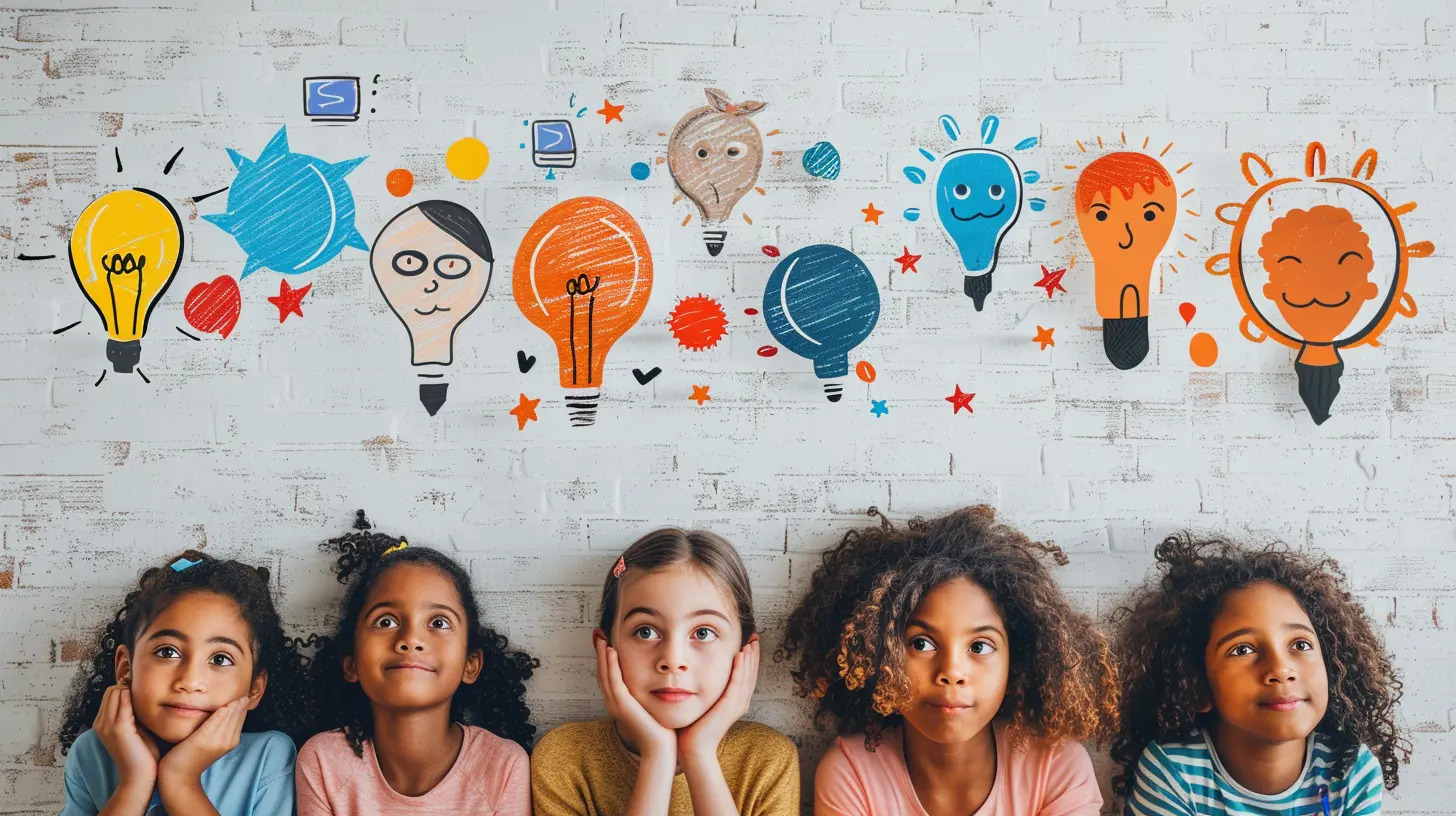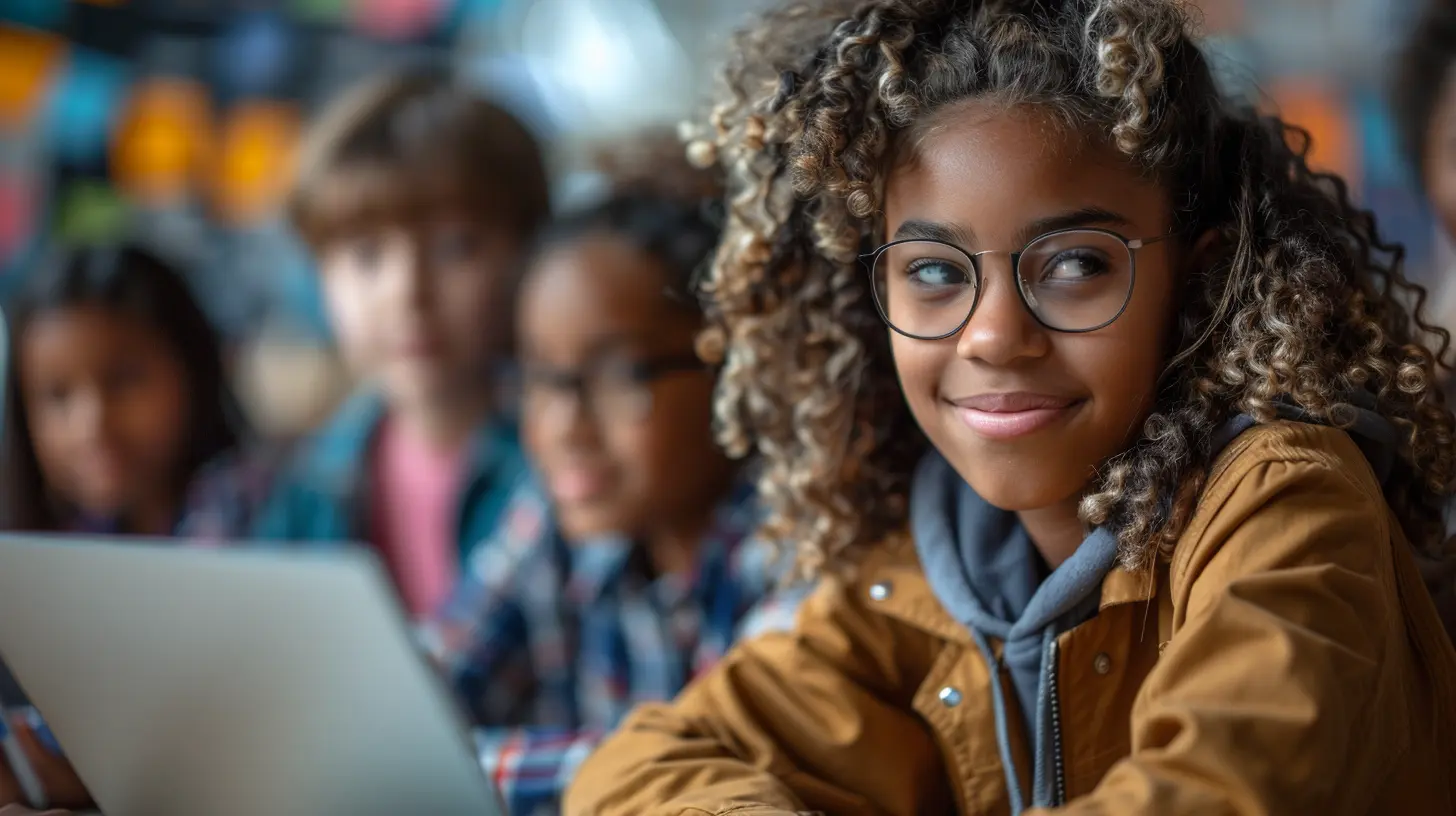How Project-Based Learning Encourages Deeper Student Engagement
15 August 2025
Let’s be real—traditional learning methods can sometimes feel like trying to memorize a manual without ever laying eyes on the machine. For students, it can be tough to stay interested when the learning process doesn’t feel relevant, exciting, or hands-on. That’s where project-based learning (PBL) swoops in like a superhero wearing creativity goggles!
If you’ve ever wondered how we can bring classrooms to life and make students actually want to show up and participate, then buckle up. We’re diving into how project-based learning encourages deeper student engagement—and why it may just be the future of education.
What is Project-Based Learning (PBL), Anyway?
Before we dive into the magic, let’s clarify what we’re talking about.Project-Based Learning is a teaching method where students learn by actively exploring real-world problems and challenges. Instead of lectures and worksheets, students work on meaningful projects that require critical thinking, collaboration, and creativity.
Think of it like this: Instead of reading about volcanoes in a textbook, students might design a safety plan for a town near an active volcano. Or rather than solving math problems from a book, they might budget and plan a school event. It’s all about turning abstract concepts into tangible, hands-on experiences.
Why Traditional Learning Falls Short
Let’s face it—rote memorization doesn’t equal real understanding. Sure, it might get students through the next quiz, but does that knowledge stick around long-term? Not really.Here’s where traditional methods often drop the ball:
- They separate learning from real-world application.
- They focus heavily on exams and grades.
- They rarely ignite curiosity or creativity.
- They leave little room for collaboration or personal growth.
Ever heard a student ask, “When am I ever going to use this?” That question doesn’t pop up in a PBL classroom—because students are already using it.
The Joy of Learning Through Doing
Ask yourself this: Do you remember more from the times you listened to a lecture or from the times you actually did something with your hands and brain fully engaged?Project-based learning taps into that experience-based memory. It invites students to take ownership of what they’re learning by doing something meaningful with it. Whether they’re building models, conducting interviews, designing presentations, or coding an app—it’s active, not passive.
The result? Deeper engagement.
When students see the “why” behind the lesson, they’re more likely to dive in headfirst.
Key Ways PBL Boosts Student Engagement
1. Ownership Equals Investment
When students have a say in how they approach a project, they feel like it’s truly theirs. That sense of ownership creates motivation. It’s the difference between being told to do something and choosing to do it.PBL allows room for personalized learning. Want to explore climate change through a photography project? Go for it. Prefer conducting interviews? You can. That flexibility makes students feel seen and heard—and that drives genuine interest.
2. Real-World Relevance Sparks Curiosity
Let’s be honest—students aren’t just learning for fun; they want to understand how it connects to their lives. Projects that reflect real-world problems give instant relevance to the content.Imagine learning about renewable energy by actually designing a sustainable model home. Now that’s learning that sticks.
When students see the real-world applications of their work, it doesn’t just make the learning more interesting—it gives it purpose.
3. Collaboration Builds Community
Group projects can sometimes get a bad rap, but in PBL, collaboration isn’t just a requirement—it’s a skill being developed.Students work in teams, practice conflict resolution, learn to delegate tasks, and lean on each other’s strengths. They become mini problem-solving squads.
This social aspect? It’s huge for engagement. Learning becomes a community effort, and students are far more likely to stay engaged when they’re part of a crew solving a shared challenge.
4. Creativity Unleashes Potential
Who says school can’t be fun?PBL opens the door to creativity like no other method. Whether it’s building a prototype, designing a campaign, writing a script, or even creating a video game—students get to tap into their imaginative side.
And here’s a little secret: when students are creating something they're proud of, they’re not just learning content. They’re building confidence, too.
5. Critical Thinking Becomes Second Nature
In project-based learning, students don’t just seek the one “right” answer—they explore possibilities, evaluate outcomes, and solve complex problems.It’s like life training wrapped in an academic package.
They’re not just memorizing facts. They’re thinking deeply, analyzing situations, and learning how to navigate the messy middle of problem-solving. That’s the kind of “aha” learning moment that sticks around.
PBL in Action: A Real-Life Example
Let’s walk through a simple example.Imagine a group of 8th graders working on a project titled “Design a Sustainable City of the Future.”
They’ll research urban planning, sustainability, and environmental science. They’ll brainstorm city infrastructure, draw up designs, maybe even build a scaled-down model or simulate the city digitally.
Each student takes a role—some become engineers, others city planners, others environmental scientists. Together, they present their vision to judges in a simulated city council meeting.
They don’t just learn science and geography—they experience civic responsibility, teamwork, public speaking, and creative expression.
And most importantly? They’re fully engaged.
But What About Standards and Testing?
Ah, the million-dollar question.Here’s the good news: PBL doesn’t mean ditching standards or blowing off assessments. In fact, many well-designed projects are directly aligned with curricular goals and standards.
What it changes is how students reach those learning outcomes. Instead of memorizing formulas, they're applying them. Instead of writing essays because they have to, they’re writing with purpose.
Assessment can also take many forms in PBL: presentations, prototypes, peer reviews, reflective journals, and more. It’s not just about what they know—it’s about how they use it.
Let Students Speak: Engagement You Can Feel
One of the best ways to measure student engagement is to simply talk to the students. Ask them what they remember, what excited them, what they struggled with, and what they’d like to do next.When students reflect on PBL experiences, here’s what they often say:
- “I felt like I was doing something important.”
- “I actually wanted to come to school.”
- “It was hard work, but it didn’t feel boring.”
That’s the kind of feedback that makes PBL shine.
Teachers as Guides, Not Sages
In a PBL classroom, the teacher isn’t glued to the front of the room. Instead, they’re circulating, asking questions, offering feedback, guiding students through tough spots, and celebrating progress.Think of the teacher as a coach or mentor, rather than a lecturer. They’re still crucial to the learning process—maybe even more so—but their role is more dynamic and interactive.
And trust me, students feel that difference.
Challenges? Sure. But Totally Worth It.
Like anything worthwhile, PBL isn’t without its hurdles. It requires planning, flexibility, and a willingness to give up some control. Teachers may need training, and schools might need to adapt old systems.But the payoff—engaged, curious, motivated students—is beyond worth it.
Once you’ve seen students light up during a project, collaborate like pros, and present their ideas with confidence—it’s hard to imagine going back to rows of desks and silent reading.
Final Thoughts: Let’s Keep the Joy in Learning
Education should be a joyride, not a chore. With project-based learning, we can bring that magic back into classrooms.It’s not just about teaching content—it’s about growing thinkers, creators, and change-makers. When students are actively engaged and emotionally invested, learning isn’t just deeper—it’s unforgettable.
So next time you're wondering how to make learning more fun, meaningful, and effective—give project-based learning a shot. You just might ignite a lifelong love of learning in your students.
all images in this post were generated using AI tools
Category:
Student EngagementAuthor:

Olivia Lewis
Discussion
rate this article
1 comments
Kate McWilliams
This article effectively highlights how project-based learning fosters deeper engagement by allowing students to explore real-world problems. It's a compelling approach that not only enhances understanding but also builds critical thinking and collaboration skills.
August 29, 2025 at 11:34 AM

Olivia Lewis
Thank you for your insightful comment! I'm glad you found the article highlights how project-based learning fosters engagement and essential skills.


